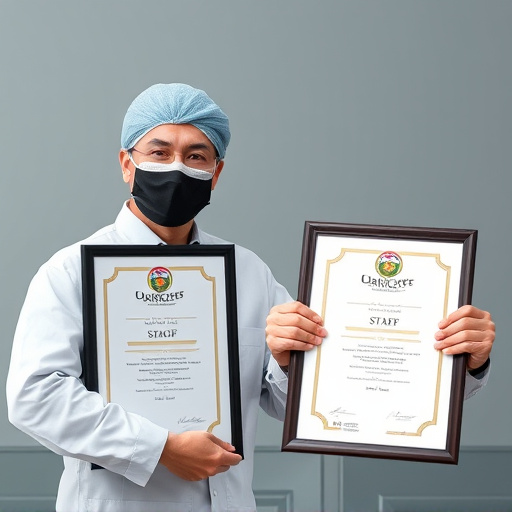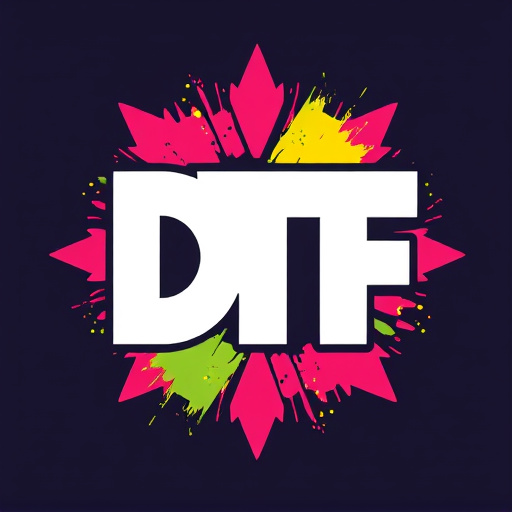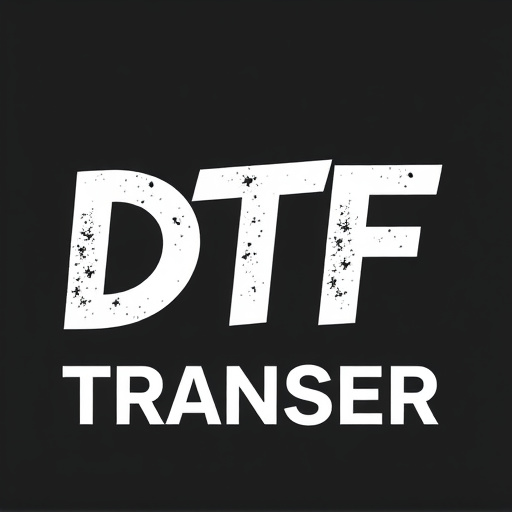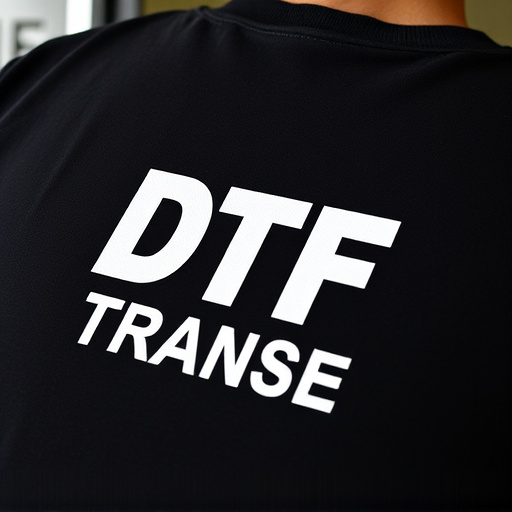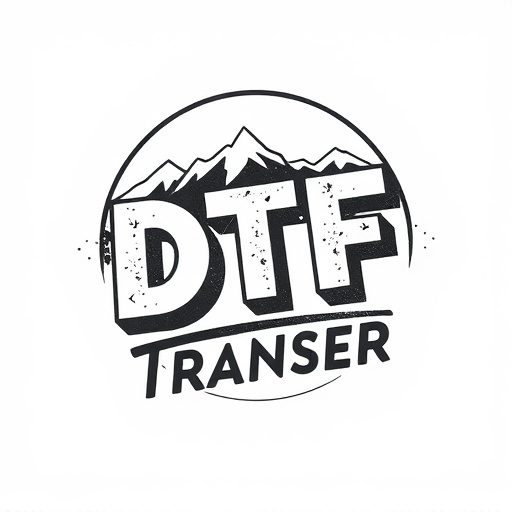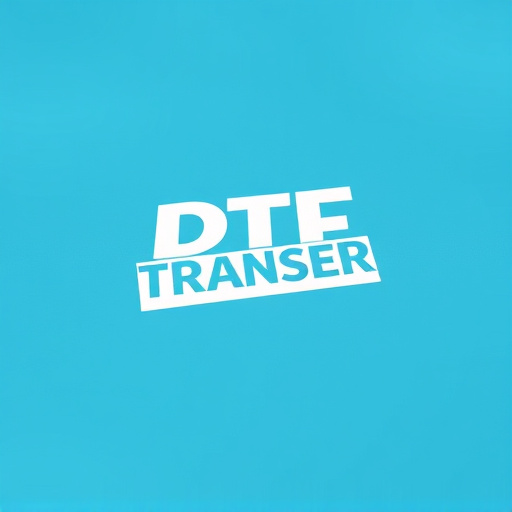Direct-to-Film (DTF) transfer is a cutting-edge printing method offering high-quality, versatile solutions for art, design, and small-batch manufacturing. This process burns or deposits images directly onto film, enabling precise prints on various materials with intricate details. DTF's advantages include speed, precision, and superior print quality, making it ideal for short-run projects like apparel and signage. The US leads in DTF services, with companies like ScreenPrint and Direct Print providing eco-friendly, advanced technology for diverse applications. Future trends include improved ink technology and automation, enhancing material compatibility and efficiency across industries.
“Unleash the potential of direct-to-film (DTF) transfer technology with American-made products and services. This innovative process is revolutionizing printing, offering unparalleled precision and versatility. From beginner’s guides to exploring advanced techniques, this comprehensive article delves into the world of DTF. We uncover the rise of American-made DTF solutions, highlight key benefits, and introduce top providers. Prepare to discover how DTF Printing can elevate your creative projects, while also peering into future trends shaping this dynamic technology.”
- Understanding Direct-to-Film (DTF) Transfer: A Beginner's Guide
- The Rise of American-Made DTF Transfer Products
- Key Benefits of Choosing DTF for Your Printing Needs
- Exploring DTF Printing Techniques and Their Applications
- Top American Providers of DTF Transfer Services
- Future Trends: Innovations in DTF Technology
Understanding Direct-to-Film (DTF) Transfer: A Beginner's Guide
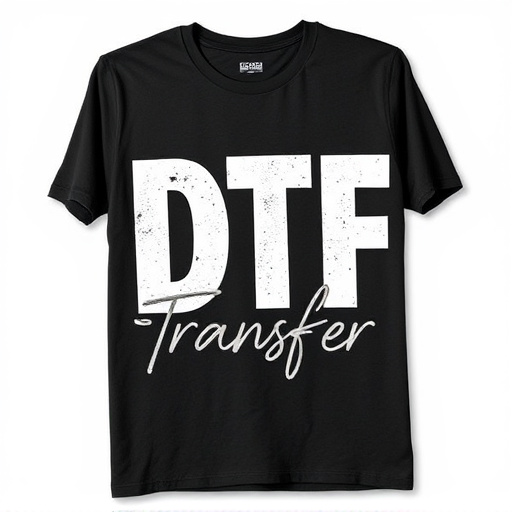
Direct-to-Film (DTF) transfer is a cutting-edge printing technique that has revolutionized the way we create and replicate visuals. It’s a process where images are transferred directly onto film, offering a unique and versatile solution for various applications. This method is particularly popular in the world of art, design, and even small-batch manufacturing, as it allows for high-quality prints with intricate details. DTF Printing enables users to produce vibrant, precise prints on a range of materials, from traditional photo papers to specialty films.
For beginners, understanding the DTF Transfer process involves several key steps. It starts with preparing the artwork or image file, ensuring it meets specific requirements for resolution and format. Then, a specialized printer uses a high-resolution laser or inkjet system to precisely burn or deposit the image onto the film. The film becomes a negative of the original art, allowing for multiple prints to be made from it. This method is praised for its speed, precision, and ability to produce top-quality DTF Prints, making it an attractive option for professionals and enthusiasts alike in various creative fields.
The Rise of American-Made DTF Transfer Products

In recent years, there has been a notable rise in American-made DTF (Direct-To-Film) transfer products and services. This trend reflects a growing demand for high-quality printing solutions among businesses and individuals alike. Traditional screen printing methods have long dominated the market, but DTF offers a faster, more versatile alternative, especially for short-run and on-demand projects. The convenience of DTF Transfer lies in its ability to produce sharp, detailed prints directly onto various materials without the need for complex set-up.
This shift towards American-made DTF products is driven by several factors. Firstly, domestic manufacturing ensures quality control and shorter lead times, allowing businesses to meet rapid market demands. Secondly, DTF Printing provides an eco-friendly option compared to traditional screen printing, as it reduces waste and the need for excessive chemicals. As a result, many small businesses and start-ups are embracing DTF prints for their flexibility, speed, and sustainability. This trend promises to continue as more people discover the benefits of American-made DTF Transfer products in various industries, from apparel to signage.
Key Benefits of Choosing DTF for Your Printing Needs
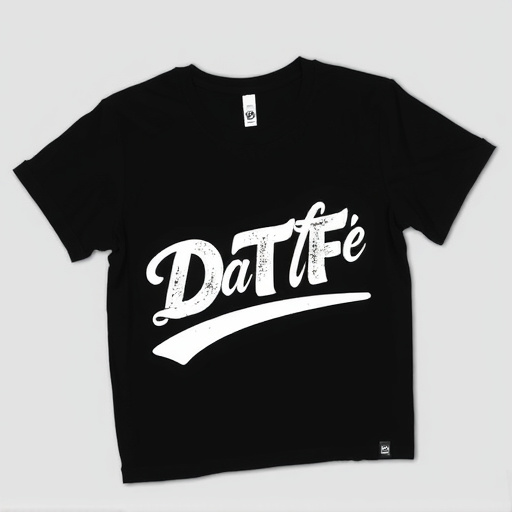
Choosing Direct-to-Film (DTF) transfer for your printing needs offers a multitude of advantages that set it apart from traditional methods. One of the key benefits is its efficiency; DTF allows for direct application of designs onto various surfaces, eliminating the need for complex preparation and intermediate steps. This not only saves time but also reduces the risk of human error, ensuring precise and consistent prints every time.
Additionally, DTF transfer products provide superior quality and durability. The advanced technology used in DTF printing guarantees vibrant colors, crisp details, and a smooth finish on a wide range of materials, from textiles to plastics and metals. This versatility makes DTF ideal for various applications, including custom apparel, signage, and product branding, ensuring your prints stand out and last longer.
Exploring DTF Printing Techniques and Their Applications
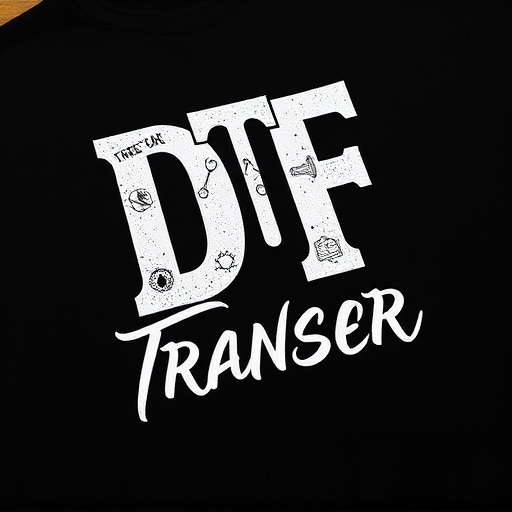
Direct-to-film (DTF) transfer products and services have evolved significantly, offering a range of printing techniques that cater to diverse applications. DTF Printing involves transferring ink directly onto film, which is then used for various purposes, from packaging design to promotional materials. This method allows for high-quality, detailed prints with vibrant colors and precise lines, making it a favorite among professionals in the print and design industries.
One popular DTF technique is direct-to-film screen printing, where a mesh screen is used to apply ink onto the film, resulting in crisp and clear prints. This process is versatile, allowing for both small-scale and large-format productions. DTF Printing also supports specialized applications like custom packaging, point-of-sale displays, and even fashion accessories, thanks to its ability to create durable, long-lasting prints on various materials.
Top American Providers of DTF Transfer Services

The United States is home to several leading providers specializing in direct-to-film (DTF) transfer services and products. These companies offer cutting-edge technologies and innovative solutions for a range of industries, from apparel and accessories to signage and decorative items. Some top American providers include ScreenPrint and Direct Print, renowned for their high-quality DTF printing capabilities and custom solutions tailored to meet diverse client needs.
These providers leverage advanced equipment and eco-friendly inks to deliver precise and vibrant DTF prints, ensuring long-lasting durability. Their expertise lies in seamlessly integrating DTF transfer with various materials, from cotton tees to polyester jackets, offering businesses a versatile and cost-effective method for mass customization. With a focus on quality and customer satisfaction, these American companies are revolutionizing the way brands bring their designs to life.
Future Trends: Innovations in DTF Technology
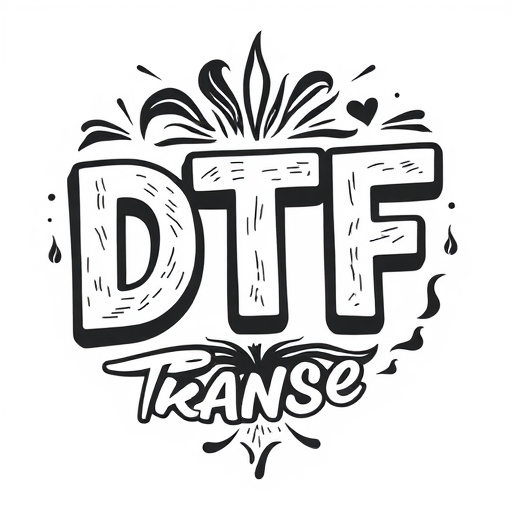
The future of DTF transfer looks promising with continuous innovations pushing the boundaries of what’s possible. Emerging trends point to enhanced print quality, faster production times, and wider material compatibility. We can expect advancements in ink technology, allowing for more vibrant and durable DTF prints, as well as improvements in substrate handling, enabling complex designs on a variety of surfaces.
Automation is set to play a significant role, streamlining the entire DTF transfer process from design to final product. These developments will not only increase efficiency but also open up new possibilities for personalized and on-demand printing, catering to diverse industries such as fashion, home décor, and even medical devices.




